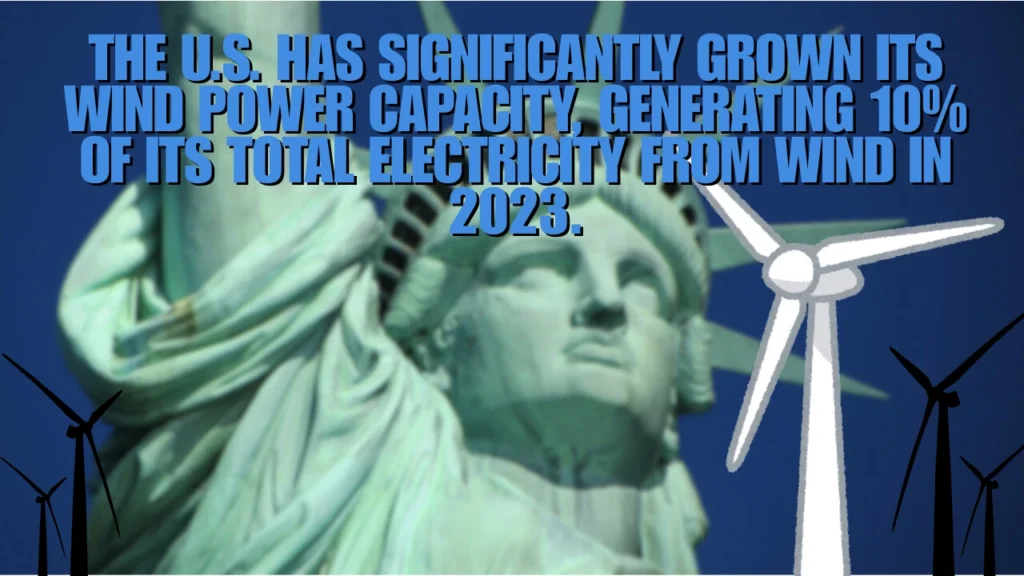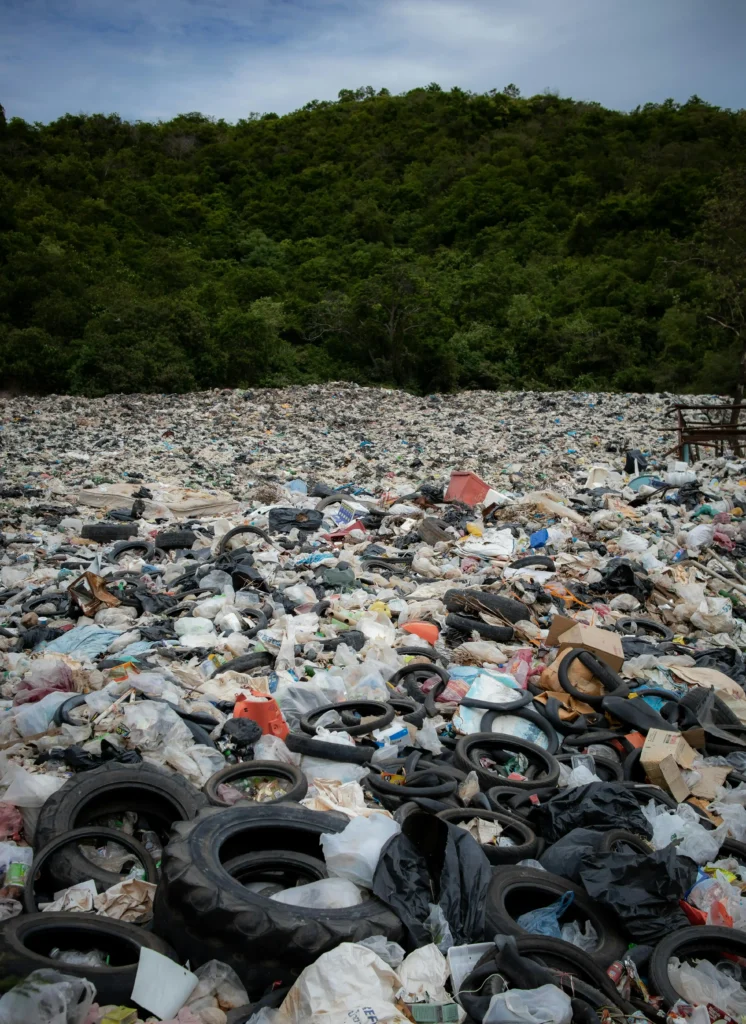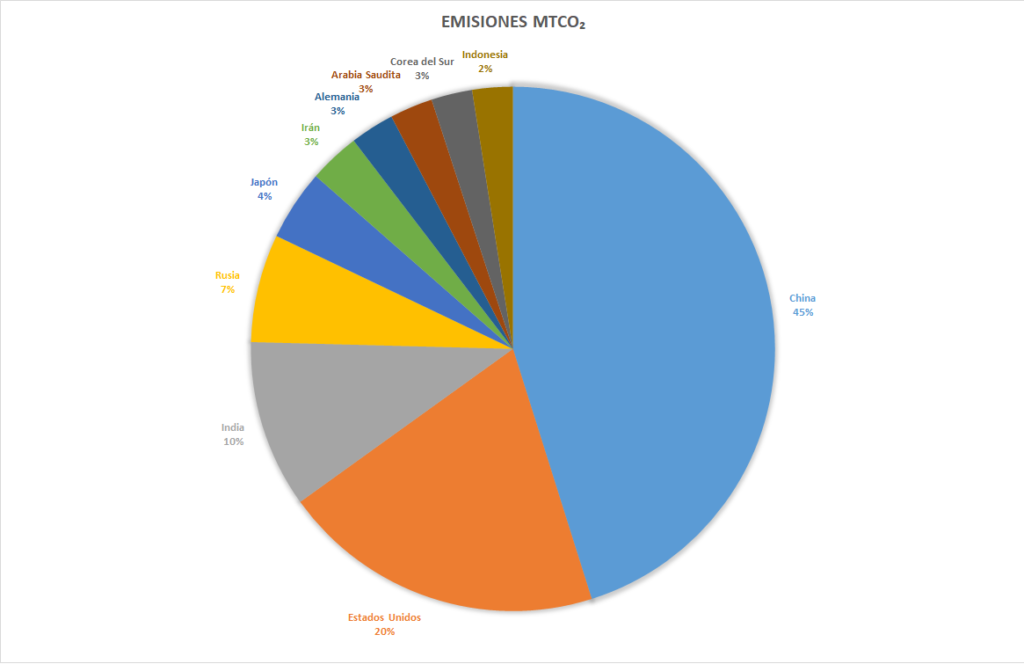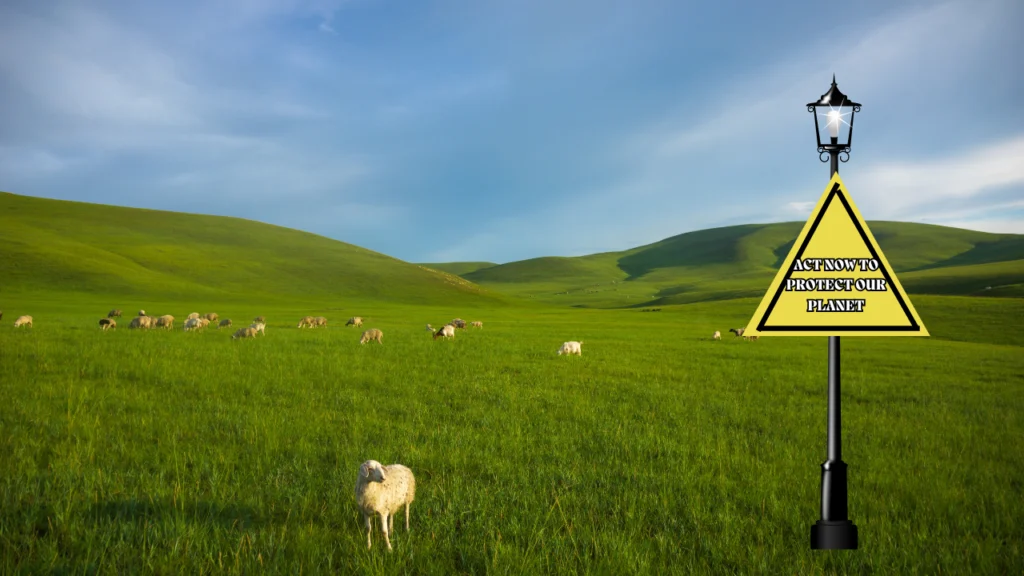As the world moves towards a sustainable future, the race to lead in renewable energy is heating up. Countries across the globe are striving to reduce their carbon footprints by transitioning to clean energy sources like solar, wind, hydropower, and bioenergy. But the question remains: Which country is the global leader in renewable energy? Let’s explore the top contenders.
China – The Global Giant in Renewable Energy
With a staggering renewable energy generation of 3,749 TWh in 2023, China is the clear leader in the global renewable energy sector. It has installed nearly half of the world’s wind and solar capacity, outpacing every other country by a large margin. China has invested heavily in solar and wind energy, installing more solar capacity in 2022 than the rest of the world combined.
Despite its heavy dependence on coal, China’s renewable energy growth has been remarkable, with the country on track to double its solar and wind power capacity by 2030. The rapid expansion of clean energy in China is part of its effort to reduce its carbon emissions while still maintaining its economic growth.
The United States – A Major Renewable Energy Producer

Ranked second globally, the United States generated 1,493 TWh of renewable energy in 2023. The U.S. has seen significant growth in its wind power sector, with wind energy making up 10% of its total electricity generation. The country’s renewable energy capacity continues to grow, driven by decreasing costs, state mandates, and incentives for clean energy projects.
The U.S. is focusing on increasing its solar and wind energy production while reducing its reliance on fossil fuels. Major players like Southern Company are investing heavily in renewable energy infrastructure to meet growing demands for clean energy.
Brazil – A Leader in Hydropower and Biofuels
With 940 TWh of renewable energy generated in 2023, Brazil ranks as one of the top producers of clean energy, largely due to its vast hydropower resources. Over 80% of Brazil’s electricity comes from hydroelectric plants, making it a global leader in hydro energy. Additionally, Brazil is a key player in biofuels, producing ethanol from sugarcane.
Brazil is not only leading in renewable energy generation but also working on innovative solutions like green hydrogen and energy storage projects. These advancements position Brazil as a major player in the global clean energy transition.
India – Fast Growth in Solar Energy
India, the world’s fourth-largest renewable energy producer, generated 405 TWh of clean energy in 2023. The country has made remarkable progress in solar energy, with its renewable energy capacity growing faster than any other major economy. India is focusing on scaling up its solar farms and green hydrogen production to meet its ambitious renewable energy targets.
India has already exceeded its Paris Agreement commitment by achieving 40% of its power capacity from non-fossil fuels nine years ahead of schedule. The country aims to continue its renewable energy expansion with the goal of producing five million tonnes of green hydrogen by 2030.
Norway – Leading with Hydropower
While Norway may be a smaller country in terms of population, it is a significant player in the renewable energy landscape, generating 140 TWh of clean energy in 2023. Over 92% of Norway’s electricity comes from hydropower, giving it the highest share of electricity from renewable sources in Europe.
Norway is also exploring new technologies for carbon capture and electric vehicles, positioning itself at the forefront of the clean energy transition. With its abundant natural resources, Norway is a global leader in decarbonizing sectors that are harder to abate.
Germany – A European Renewable Energy Powerhouse
Germany generated 254 TWh of renewable energy in 2023, making it one of Europe’s top producers. But do you know Which European Country Uses the Most Renewable Energy? overall?. The country has made significant strides in wind and solar energy, and in 2023, more than half of Germany’s electricity came from renewable sources. Germany’s aggressive renewable energy targets aim for 80% of its electricity to come from renewables by 2030.
Germany’s commitment to a carbon-neutral future aligns with the European Union’s goals of becoming the first climate-neutral continent by 2050. The country is also a leader in biomass energy production, further diversifying its clean energy portfolio.
Conclusion: The Global Leaders in Renewable Energy
Countries like China, the United States, Brazil, India, Norway, and Germany are leading the global renewable energy transition. Whether it’s through hydropower, wind, solar, or bioenergy, it’s important to understand What Are the 7 Types of Renewable Energy? and how each contributes to global sustainability efforts. As the global demand for clean energy continues to grow, these countries are setting the example for others to follow.



